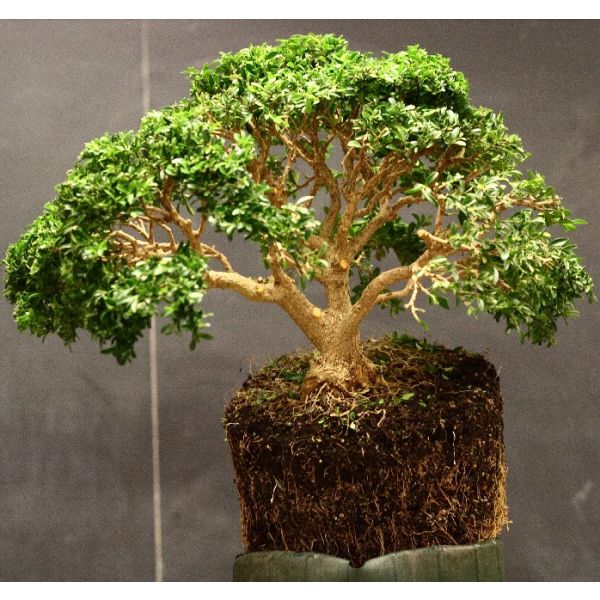Buxus Sempervirens Seeds (Common Boxwood)
Buxus Sempervirens Seeds (Common Boxwood)
Prefers moist and cool soil. Can be easily pruned

Delivery
All orders shipped with UPS Express.
Always free shipping for orders over US $250.
All orders are shipped with a UPS tracking number.
Returns
Items returned within 14 days of their original shipment date in same as new condition will be eligible for a full refund or store credit.
Refunds will be charged back to the original form of payment used for purchase.
Customer is responsible for shipping charges when making returns and shipping/handling fees of original purchase is non-refundable.
All sale items are final purchases.
Help
Give us a shout if you have any other questions and/or concerns.
Email: contact@domain.com
Phone: +1 (23) 456 789
Availability: Out of stock
SKU
Buxus sempervirens
Buxus sempervirens (Common Box or European Box; also as Boxwood) is a flowering plant in the genus Buxus, native to western and southern Europe, northwestAfrica, and southwest Asia, from southern England south to northern Morocco, and east through the northern Mediterranean region to Turkey.
It is an evergreen shrub or small tree growing to 1?9 m tall, with a trunk up to 20 cm diameter this rather large for a small evergreen bush. (exceptionally to 10 m tall and 45 cm diameter). The leaves are arranged in opposite pairs, green to yellow-green, oval, 15?30 mm long and 5?13 mm broad. The hermaphrodite flowers are inconspicuous, greenish-yellow, with no petals and are insect pollinated; the fruit is a three-lobed capsule containing 3-6 seeds.
The species typically grows on soils derived from chalk, limestone, usually as an understorey in forests of larger trees, most commonly associated with Fagus sylvaticaforests, but also sometimes in open dry montane scrub, particularly in the Mediterranean region. Box Hill, Surrey is named after its notable box population, which comprises the largest area of native box woodland in England.
| Common name | Common Boxwood |
|---|---|
| Family | Buxaceae |
| Genus | Buxus |
| Species | Buxus sempervirens |
| Germination | At the end of the pre-treatment period sow the seeds onto a firm bed of good quality moist compost and cover with a few millimetres of additional moist compost. Gently firm this down and keep in a warm place, away from hot sunshine at between 15-20 Celsius. Germination should begin within 3-6 weeks. Seeds that are ready to germinate will be plump and soft, if they are not, the pretreatment is not yet complete or has been ineffective due to incorrect temperatures or incorrect moisture content of the pretreatment medium. Do not expose newly sown seeds to high temperatures (above 25 Celsius) otherwise a secondary dormancy may be induced and the seeds will not germinate until they have been pretreated again. Germinated seeds can be planted in pots or plug trays in a good quality compost. Keep the seedlings well watered and weed free. Growth in the first year is usually between 5 and 15cm and and usually trouble free. Allow them to grow for 2 or 3 years before planting them in a permanent position. |
| Scarification / Stratification | Place the seeds into a container and pour on warm water (not very hot or boiling) and leave to soak for 24 hours then drain off the water. Next prepare a free draining substrate into which the seeds are to be mixed, this can be a 50/50 mixture of compost and sharp sand, or perlite, vermiculite. The chosen substrate mix needs to be moist but not wet. Mix the seeds into the substrate, making sure that their is enough volume of material to keep the seeds separated. Place the seed mixture into a clear plastic bag (freezer bags, zip-lock bags are very useful for this -provided a little gap is left in the seal for air exchange) If it is not a zip-lock type bag it needs to be loosely tied. Then write the date on the bag so that you know when the pretreatment was started. The seeds require a sustained cold period to break down the dormancy that is within them, this is easily achieved by placing the prepared bag of seeds and compost mix in the fridge (4 Celsius or 39F) for between 4-6 weeks. It is quite possible for the seeds to germinate in the bag at these temperatures when they are ready to do so, if they do, just remove them from the bag and carefully plant them up. |
| Price View | Price Range |

